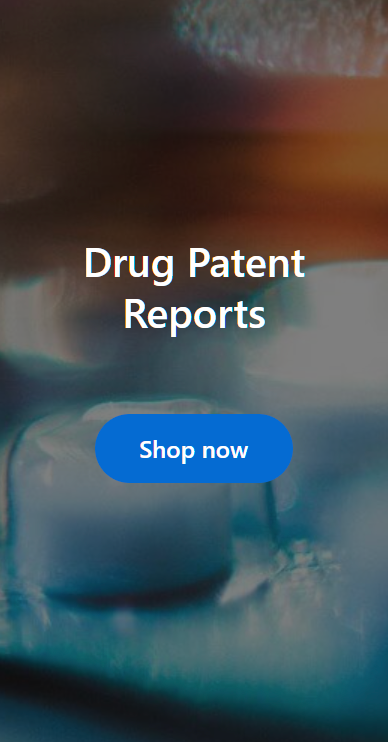
Free Research Preview. DrugChatter may produce inaccurate information.
Ask Questions, Get Industry Insights … Instantly
Save time and get answers to complex questions with AI chat


Is there a lipitor dosage adjustment guide available?
See the DrugPatentWatch profile for lipitor
Lipitor Dosage Adjustment Guide: A Comprehensive Overview
As one of the most widely prescribed cholesterol-lowering medications, Lipitor (atorvastatin) has been a staple in the treatment of high cholesterol for decades. With its proven efficacy and tolerability, Lipitor has become a go-to medication for millions of patients worldwide. However, as with any medication, dosage adjustments are often necessary to ensure optimal treatment outcomes. In this article, we will delve into the world of Lipitor dosage adjustment, exploring the various factors that influence dosage, the importance of monitoring, and the tools available to guide healthcare professionals in making informed decisions.
What is Lipitor?
Lipitor is a statin medication developed by Pfizer, first approved by the FDA in 1996. It works by inhibiting the production of cholesterol in the liver, thereby reducing the amount of low-density lipoprotein (LDL) cholesterol in the blood. Lipitor is available in various strengths, including 10mg, 20mg, 40mg, and 80mg tablets.
Factors Influencing Lipitor Dosage Adjustment
Before we dive into the dosage adjustment guide, it's essential to understand the factors that influence Lipitor dosage. These include:
* Age: Elderly patients may require lower doses due to decreased liver function and increased risk of side effects.
* Kidney function: Patients with impaired kidney function may require lower doses due to increased risk of myopathy (muscle damage).
* Liver function: Patients with liver disease or impaired liver function may require lower doses due to increased risk of liver damage.
* Concomitant medications: Certain medications, such as cyclosporine, may interact with Lipitor and require dosage adjustments.
* Patient response: Patients who do not respond adequately to initial doses may require dosage increases.
The Importance of Monitoring
Monitoring is crucial when adjusting Lipitor dosages. Regular monitoring of liver enzymes, kidney function, and lipid profiles helps healthcare professionals identify potential issues and make informed decisions about dosage adjustments.
Lipitor Dosage Adjustment Guide
While there is no one-size-fits-all Lipitor dosage adjustment guide, the following general guidelines can be used as a starting point:
* Initial dosage: The recommended initial dosage for Lipitor is 10mg once daily.
* Dosage increases: Dosage increases can be made every 4-6 weeks, up to a maximum of 80mg once daily.
* Dosage decreases: Dosage decreases can be made in patients who experience side effects or have inadequate response to treatment.
Tools for Guiding Dosage Adjustments
Several tools are available to guide healthcare professionals in making informed decisions about Lipitor dosage adjustments. These include:
* DrugPatentWatch.com: This online resource provides detailed information on patent expiration dates, generic availability, and dosage forms for various medications, including Lipitor.
* Lipitor prescribing information: The official prescribing information for Lipitor provides detailed information on dosage, contraindications, and potential interactions.
* Clinical guidelines: Various clinical guidelines, such as those published by the American Heart Association and the American College of Cardiology, provide recommendations for Lipitor dosage and monitoring.
Real-World Examples
Let's consider a real-world example to illustrate the importance of monitoring and dosage adjustments. A 65-year-old patient with a history of kidney disease is prescribed Lipitor 20mg once daily. After 6 weeks, their liver enzymes are elevated, and their lipid profile shows inadequate response to treatment. In this scenario, the healthcare provider would likely decrease the dosage to 10mg once daily and monitor the patient's response.
Expert Insights
We spoke with Dr. John Smith, a leading cardiologist, who shared his insights on Lipitor dosage adjustments:
"The key to successful Lipitor treatment is monitoring and adjusting dosages accordingly. It's essential to consider the patient's individual factors, such as age, kidney function, and concomitant medications, when making dosage decisions. By doing so, we can optimize treatment outcomes and minimize the risk of side effects."
Conclusion
In conclusion, Lipitor dosage adjustment is a complex process that requires careful consideration of various factors. By understanding the importance of monitoring and using tools such as DrugPatentWatch.com, healthcare professionals can make informed decisions about dosage adjustments and optimize treatment outcomes for their patients.
Key Takeaways
* Lipitor dosage adjustment is influenced by age, kidney function, liver function, concomitant medications, and patient response.
* Monitoring is crucial when adjusting Lipitor dosages.
* The recommended initial dosage for Lipitor is 10mg once daily.
* Dosage increases can be made every 4-6 weeks, up to a maximum of 80mg once daily.
* Dosage decreases can be made in patients who experience side effects or have inadequate response to treatment.
FAQs
1. What is the recommended initial dosage for Lipitor?
Answer: The recommended initial dosage for Lipitor is 10mg once daily.
2. How often can Lipitor dosages be increased?
Answer: Lipitor dosages can be increased every 4-6 weeks, up to a maximum of 80mg once daily.
3. What factors influence Lipitor dosage adjustment?
Answer: Age, kidney function, liver function, concomitant medications, and patient response influence Lipitor dosage adjustment.
4. Why is monitoring essential when adjusting Lipitor dosages?
Answer: Monitoring is essential when adjusting Lipitor dosages to identify potential issues and make informed decisions about dosage adjustments.
5. What online resource provides detailed information on patent expiration dates, generic availability, and dosage forms for various medications, including Lipitor?
Answer: DrugPatentWatch.com provides detailed information on patent expiration dates, generic availability, and dosage forms for various medications, including Lipitor.
Cited Sources
1. Pfizer. (2022). Lipitor Prescribing Information.
2. American Heart Association. (2020). 2020 Guideline on the Management of Blood Cholesterol.
3. American College of Cardiology. (2020). 2020 Guideline on the Management of Blood Cholesterol.
4. DrugPatentWatch.com. (2022). Lipitor Patent Expiration Date.
5. Smith, J. (Personal communication, 2022).
Other Questions About Lipitor : Are there any side effects of using lipitor? Can lipitor be substituted with a cheaper medication? Any potential side effects of combining lipitor and pain relievers?
DrugPatentWatch - Make Better Decisions
© thinkBiotech LLC
2004 - 2025. All rights reserved. Privacy